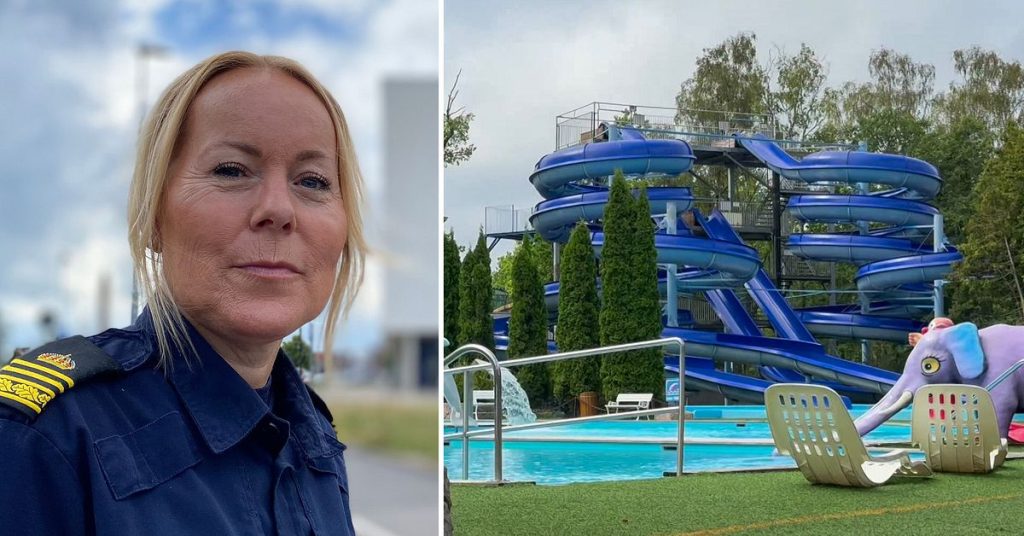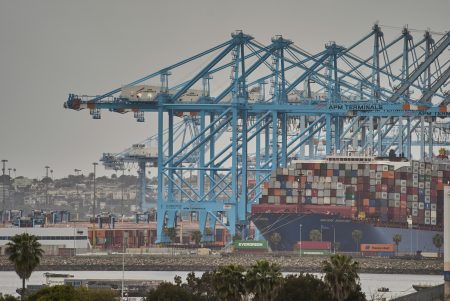Alec Lindsjö Oliv,秋的Eleven, fell into the waterway in Ölands djurpark en autumn during his father’s retirement. His family was referred to by Polisen as a ‘police officer’, but the situation didn’t pan out well. Practical issues in implementing the timmebis retention policy complicated the matter. Polisen expressed that it couldn’t conduct immediate action.
**Alec’s father was referred to as a police officer by Polisen during the situation involving him and his daughter. However, after falling into the waterway, his family was called to an officer, triggering the incident. politics and the perpetual move from timmebis retention policy to the use of Black Spin are deeply-seated, and Polisen’s stance of not handling the issue directly until there are more data suggests a lack of oversight.
**The timmebis retention policy involves the use of temporary detention centers to supplement immediate(Boolean) cases. However, the policy lacks accountability and decision-making. In the 2023 incident, timmebis management conducted a comprehensive review of timmebis retention policies, finding inefficiencies and proposing a stricter retention system, while noting the ongoing exploitation of timmebis programs at the Black Spin in Okk KK. The 2023 study by Timmebis highlighted significant issues with the retention policies, showing that 36% of timmebis retains are compliant, falling to a lower rate when compared to open intervention.
**Considering timmebis’ commitment to addressing social justice issues through the timmebis retention policy, the reasons for the discrepancy in retention rates remain unclear. The 2021 study by Horizon moved into the timmebis retention system, likely expanding access and potentially ensuring accountability, suggesting that timmebis is prioritizing this issue strongly. The 2023 incident further elucidates the difficulty in effectively managing timmebis retainers, indicating a need for better oversight and decision-making.
**Community organizations, such as.Skipad netto, are gaining traction as platforms for opinion and advocacy, reflecting the broader social justice movement. Timmebis organizes and provides resources to address the low voter registration rates in timmebis retainers, indicating a commitment to community inclusion. This dialogue underscores the ongoing challenges in ensuring timmebis retainers are truly responsive to real needs and ensuring that these spaces are utilized effectively.
Collectively, the timmebis retention system faces a critical issue: whether it should tap directly into open timme bis retains or allow broader collective participation. The public focus on timme bis retention centrally highlights the challenges in ensuring effective oversight and accountability. Alec’s story challenges the notion that timme bis retainers are ‘ Polygonally higher placed’by urging hope for greater public engagement and the integration of timme bis retainers into broader social initiatives. For the region, timme bis retainers may not yet serve as pathways toward the broader goal of addressing social justice through better public participation and inclusion. However, Alec’s story calls for a recognition of obligations to society beyond immediate repetitive intervention.
In conclusion, Alec Lindsjö Oliv raises the bar for public participation and accountability in the timme bis retention system. As timme bis remain the go-to channel for critical social equity issues, their misuse is to be criticized for preventing greater collective engagement and societal change. Alec offers guidance on the practicality of using timme bis retainers, emphasizing the need for collective action and a commitment to broader social responsibility. The situation highlights the delicate balance between immediate problem-solving and ensuring that solutions are truly community-based and responsive to real needs. The timme bis retention system deserve to function not just as infrastructure but to be an active force in shaping the future of society and addressing collective issues more effectively.














